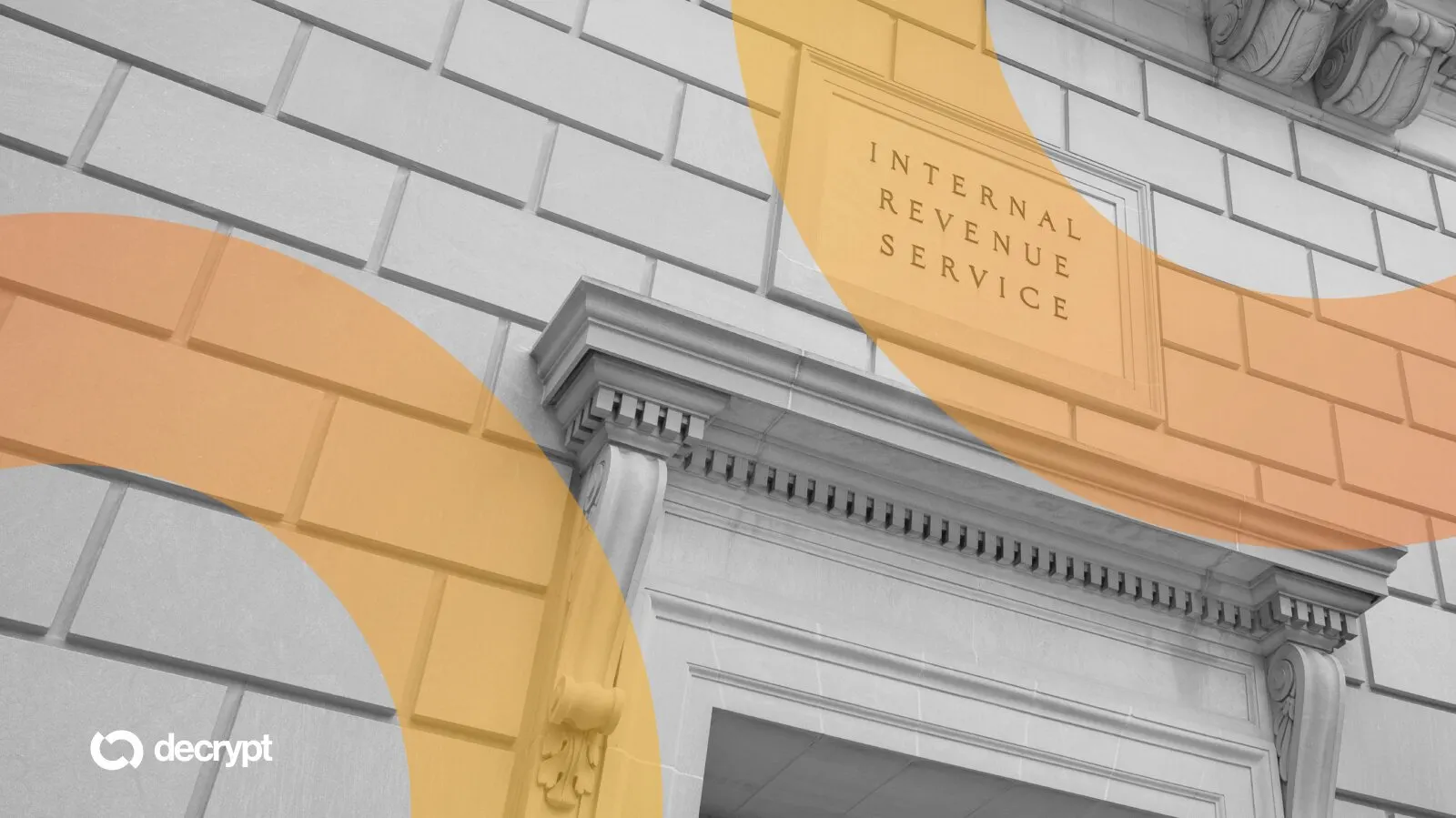In brief
- David Klasing, dual-certified tax attorney and CPA, says the IRS has moved from targeting "narrower groups" to broader crypto compliance investigations across multiple exchanges.
- The Treasury Inspector General reports a 75% potential non-compliance rate among crypto users identified through exchange data, feeding the audit pipeline.
- Nick Waytula, attorney and head of tax at Crypto Tax Calculator, warns the enforcement shift creates a "turning point," moving crypto taxation from "opt-in" to "opt-out" model for millions of users.
The Internal Revenue Service has steadily widened its crypto surveillance capabilities since 2017, moving from narrow probes of individual traders to sweeping requests for user records at major exchanges and crypto companies.
Armed with “John Doe summonses” and increasingly sophisticated blockchain analytics, the agency is now able to trace crypto transactions in real-time, according to legal experts and government filings.
"Initially, the IRS targeted a narrower group of individuals based on specific transaction thresholds," David Klasing, a dual-certified tax attorney, and CPA specializing in crypto taxation, told Decrypt. "However, recent cases indicate a broader approach aimed at identifying tax non-compliance across multiple crypto exchanges."
Major exchanges and platforms, including Coinbase, Kraken, Poloniex, and Circle, were among those targeted initially, before the enforcement spread across the sector.
Coinbase faced its first test when the IRS issued a summons in 2016 for 14,000 accounts, which was later pared back in court.
The enforcement push has generated $3.5 billion in crypto seizures during fiscal year 2021, constituting 93% of the IRS's total asset seizures that year, according to the agency's Criminal Investigation Division.
In 2021, the agency secured court approval for similar John Doe summonses targeting Kraken users who transacted $20,000 or more between 2017 and 2020, Circle customers who traded similar amounts from 2016 to 2020, and users of Poloniex, the exchange previously owned by Circle.
By June 2023, the IRS had opened 216 examinations and sent nearly 15,000 "soft letters" to crypto users identified through exchange data, Treasury Inspector General for Tax Administration (TIGTA) reported in July 2024, according to Klasing.
The attorney explained that the IRS must meet three specific legal thresholds before courts approve John Doe summonses, which demonstrates investigation of "an ascertainable group or class of persons," establishing "reasonable basis for believing noncompliance with tax laws," and proving that "information is not readily available from other sources."
However, these requirements provide limited protection for crypto users, as courts require only "minimal" justification and "the statute does not require the IRS to show that each person in the ascertainable group violated the law," Klasing added.
Widening the net
Since the Coinbase summons, Klasing said the IRS has “expanded” the Electronic Payment Systems Initiative, originally built for electronic transfers, to now target “virtual currencies.”
The agency now combines exchange data with blockchain analytics to create comprehensive financial profiles, using "digital currency exchange data in conjunction with other publicly available blockchain information" to examine tax compliance, according to IRS Agent Karen Cincotta's findings in the Kraken investigation, Klasing said.
In 2024, the TIGTA reported that the IRS had achieved a 75% potential non-compliance rate among taxpayers identified through digital-asset exchanges, directly feeding cases into the audit pipeline through the early fiscal year 2024.
The Large Business and International Division has used John Doe summons information in its digital-asset compliance campaign to conduct outreach and open examinations, Klasing said.
Nick Waytula, attorney and head of tax at Crypto Tax Calculator, told Decrypt that "the broadened use of John Doe summonses “significantly raises the compliance bar for crypto firms,” while creating risks that "prior non-compliance, even if inadvertent, is more likely to surface, leading to penalties or, in extreme cases, criminal referrals."
Waytula described the shift as "a turning point in crypto tax enforcement" where "crypto taxes will turn into an 'opt-out' model, increasing compliance across the board," moving away from the previous "opt-in model, where taxpayers had to voluntarily report their data to the IRS."
The upcoming 1099-DA reporting regime, requiring gross proceeds reporting for 2025 dispositions and basis reporting for covered securities beginning in 2026, seeks to reduce historical reporting mismatches that have triggered erroneous IRS notices, according to Klasing.
However, Waytula said that "each exchange's 1099-DA will not include information from other exchanges, wallets, or onchain protocols" and warned that if forms "oversimplify or fail to capture cost-basis properly, mismatches and confusion could actually increase."
On notice
Klasing told Decrypt that his firm has handled multiple clients who received notices and "90-day letters" from the IRS regarding "massive misreporting by prominent crypto exchanges," particularly during 2017-2019 when "several exchanges issued 1099-K with aggregates that neither our office nor the IRS could reconcile.”
The Government Accountability Office (GAO) found that 1099-K forms provided only aggregates with no basis, calling it “unhelpful or confusing.” The 1099-DA should address these flaws, Klasing said.
“In practice, errors can still occur,” Klasing added, noting IRS AI models for case selection were “trained on current return data” rather than John Doe summons datasets, according to TIGTA’s audit.
Dmitri Alexeev, CPA and Tax Partner at Aprio, told Decrypt that the developments "appear consistent with the trajectory of post-Coinbase enforcement, signaling heightened regulatory attention rather than a sudden policy shift," while stressing that platforms must improve "AML/KYC processes and data collection, analytics and reporting."
Alexeev explained that the IRS's approach "reflects an increased focus on oversight of crypto platforms" and "highlights the importance for firms to maintain robust reporting, recordkeeping, and internal controls."
Privacy advocates lost ground in July when the Supreme Court declined to hear James Harper’s claim that the IRS breached his Fourth Amendment rights by obtaining Coinbase trading data through a John Doe summons.
In April, Coinbase backed him with an amicus brief, joined by several states, privacy groups, and Elon Musk’s X.
The filings asked the Court to reconsider the “third-party doctrine,” a 1970s-era rule that gives government access to data held by banks or service providers, and said the doctrine should not extend to crypto exchanges.
In its brief, Coinbase warned the IRS access amounts to “a real-time monitor” of blockchain activity, likening it to a “financial ankle monitor” that enables “near perfect surveillance” of users’ transactions.
While the Trump administration removed the controversial Biden-era DeFi broker rule from the tax code in July, eliminating reporting requirements that would have forced decentralized platforms to collect user data like traditional brokerages, centralized exchanges remain subject to comprehensive reporting obligations.
“Enforcement-heavy approaches" risk alienating compliant users "overwhelmed by complexity," Waytula said, while noting many crypto traders are "anti-government" and "pro-decentralization," making overregulation likely to create "significant friction" with high-value taxpayers.
While no official reports show "systemically mistaken" targeting of crypto users due to inaccurate exchange records, Klasing noted that matching programs can generate notices "whenever third-party information returns don't align with a return" even when tax amounts are correct.
The IRS did not immediately respond to Decrypt's request for comment on this story.

